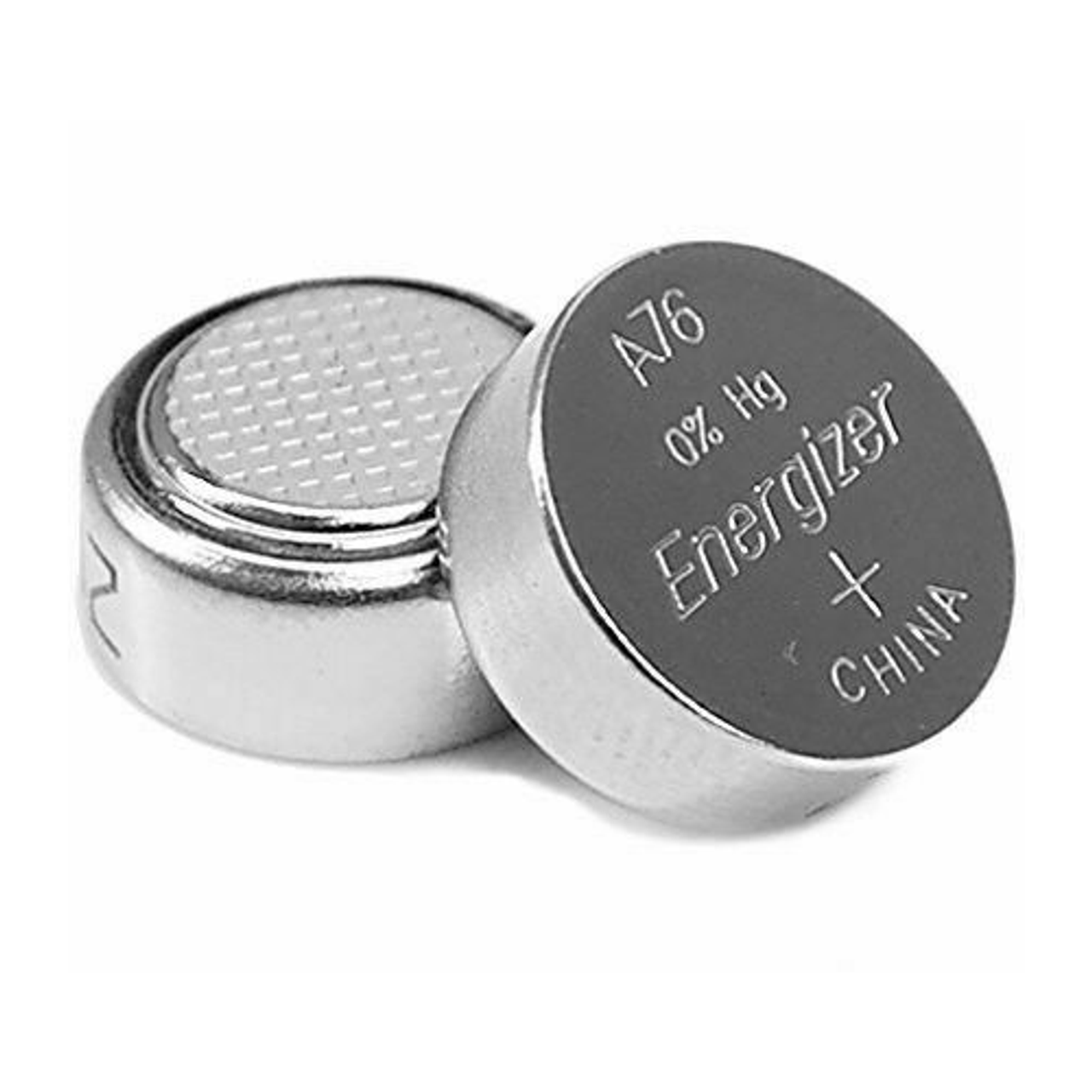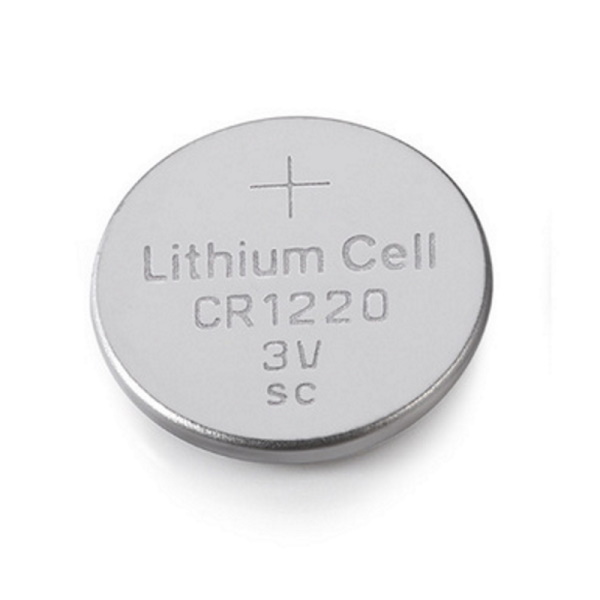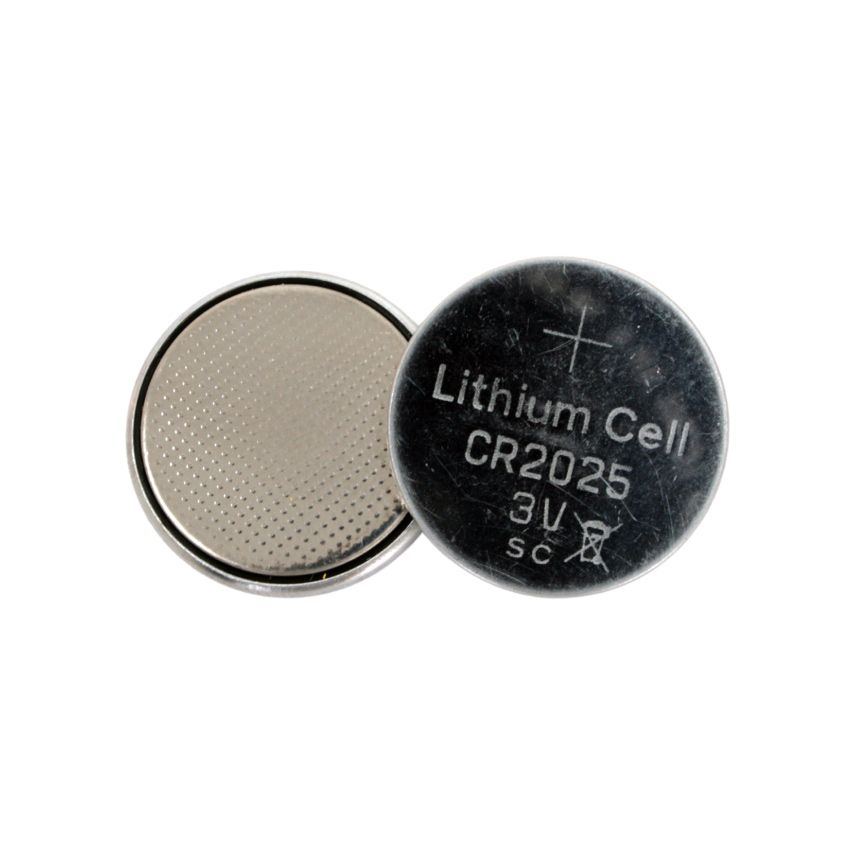Introduction
Button battery is small, round, and flat battery that is commonly used in various household items such as remote controls, toys, and watches. Despite their convenient size and practical use, button batteries can pose serious risks if swallowed, especially by young children. In this comprehensive guide, we will explore the potential dangers of button batteries and provide important information on how to prevent accidents and handle emergencies.
Part 1: Understanding Button Batteries
Level 1: What are button batteries?
Button batteries, also known as coin cell batteries, are small and circular in shape. They are commonly made from zinc, silver, or lithium and are used to power a wide range of electronic devices.
Level 2: Where are button batteries commonly found?
Button batteries can be found in a variety of household items, including remote controls, calculators, key fobs, toys, hearing aids, and digital thermometers.
Part 2: The Dangers of Swallowing Button Batteries
Level 1: What happens if a button battery is swallowed?
When a button battery is swallowed, the saliva triggers an electric current that can generate hydroxide, a caustic substance. This can cause serious burns and damage to the esophagus in a matter of hours.
Level 2: What are the symptoms of swallowing a button battery?
The symptoms of button battery ingestion can include vomiting, coughing, chest pain, and difficulty breathing. In severe cases, it can lead to life-threatening complications and even death.
Part 3: Prevention and Safety Measures
Level 1: How to prevent button battery accidents
To prevent button battery accidents, it is important to keep all devices containing button batteries out of reach of young children. Additionally, childproof battery compartments and secure battery storage can further reduce the risk of ingestion.
Level 2: What to do if a button battery is swallowed
If you suspect that a child has swallowed a button battery, seek medical attention immediately. It is crucial not to induce vomiting or give the child anything to eat or drink until they have been evaluated by a healthcare professional.
Part 4: Emergency Response for Button Battery Ingestion
Level 1: Immediate steps to take if a button battery is swallowed
In the event of button battery ingestion, it is important to stay calm and call for emergency medical help right away. Do not wait for symptoms to appear before seeking help.
Level 2: How medical professionals treat button battery ingestion
Doctors may use endoscopy to remove the battery from the esophagus or stomach. In severe cases, surgical intervention may be required to repair any damage caused by the battery.
Part 5: Advocacy and Awareness
Level 1: The importance of spreading awareness about button battery safety
Educating parents, caregivers, and healthcare professionals about the potential dangers of button batteries is crucial in preventing accidents. Increasing awareness can help promote safe practices and reduce the number of button battery-related injuries.
Level 2: Advocacy efforts for stricter safety regulations
Advocacy groups and government agencies are working to establish stricter safety regulations for button batteries, including child-resistant packaging and warning labels. These efforts can help mitigate the risks associated with button battery ingestion.
Part 6: Dangers of Ingesting Button Batteries
Button batteries are small and shiny, making them attractive to young children. Unfortunately, ingesting button batteries can be extremely dangerous and potentially life-threatening. When swallowed, the battery can become lodged in the esophagus,. It can cause severe burns and tissue damage within just a few hours. This can lead to serious and potentially fatal internal injuries.
The symptoms of ingesting a button battery may not be immediately apparent, which is why it’s important for parents and caregivers to be vigilant and seek medical attention immediately if they suspect a child has swallowed a battery. Symptoms may include coughing, difficulty swallowing, chest pain, and vomiting. It’s essential to keep button batteries out of reach of children and to be aware of the potential dangers they pose.
Part 7: Preventing Button Battery Incidents
Preventing button battery incidents requires a proactive approach. It’s crucial to keep button batteries and devices that contain them out of reach of children, particularly those under the age of six. Store spare batteries in a secure location, and be mindful of items that commonly contain button batteries, such as remote controls, musical greeting cards, and small electronic devices.
When using button batteries, always make sure the battery compartment is secure and cannot be easily accessed by children. Consider using tape or strong adhesive to secure the compartment if necessary. Additionally, it’s important to educate older children about the dangers of button batteries and the importance of keeping them away from younger siblings.
Part 8: Seeking Medical Attention for Button Battery Incidents
If you suspect a child has ingested or inserted a button battery, it’s crucial to seek medical attention immediately. Do not induce vomiting or give the child anything to eat or drink. This can exacerbate the damage caused by the battery. Instead, go to the nearest emergency room or call 911 for immediate assistance.
Prompt medical treatment is essential for minimizing the potential damage caused by a button battery. A healthcare professional will be able to determine the best course of action. It may include imaging tests to locate the battery and endoscopic removal to safely extract it. Early intervention is critical for preventing serious and potentially life-threatening injuries associated with button battery incidents.
Part 9: Risks and Dangers of Button Batteries
Button batteries may seem harmless, but they pose significant risks and dangers if not handled properly. One of the most concerning risks is the potential for ingestion, especially in young children. These small batteries can easily be mistaken for candy or pills, and if swallowed, they can cause serious damage to the esophagus or other internal organs. In fact, swallowing a button battery can lead to severe chemical burns and tissue damage within just a few hours, making it a medical emergency that requires immediate attention.
In addition to the risk of ingestion, button batteries also present a hazard for electrical burns. When improperly handled or disposed of, they can come into contact with metal objects or other batteries, causing a short circuit and leading to burns or fires. This risk is particularly high when button batteries are used in electronic devices that are easily accessible to children, such as remote controls or musical greeting cards.
Furthermore, button batteries can leak or corrode if not used or stored properly, posing a risk of chemical burns or irritation if they come into contact with skin or eyes. This risk is heightened in devices that are not frequently used, as the batteries may degrade over time and become more prone to leakage.
In order to mitigate these risks, it is important for consumers to handle and store button batteries with care, keep them out of reach of children, and dispose of them properly. Additionally, manufacturers can play a role in improving safety by designing products with secure battery compartments and warning labels, as well as developing child-resistant packaging for button batteries.
Part 10: Safe Handling and Disposal of Button Batteries
To protect against the risks and dangers associated with button batteries. It is essential for consumers to handle and dispose of these small devices safely. When handling button batteries, it is important to keep them out of reach of children and ensure that they are stored in a secure location. Such as a locked cabinet or container. Additionally, consumers should take care to properly insert and secure button batteries in electronic devices. To avoid mixing different types or sizes of batteries in the same device.
When it comes to disposal, button batteries should not be thrown in the regular trash. They can pose a risk of fire or explosion if they come into contact with metal objects or other batteries. Instead, they should be disposed of in accordance with local regulations for hazardous waste. Some retailers and manufacturers also offer take-back programs for used batteries. Providing a convenient and environmentally friendly way to dispose of them.
In addition to safe handling and disposal practices, consumers can also protect against the risks of button batteries by choosing products with secure battery compartments. Using devices with child-resistant packaging, and keeping an eye out for warning labels and safety information. By taking these precautionary measures, consumers can help reduce the likelihood of accidental ingestion, electrical burns, and other hazards associated with button batteries.
Conclusion
In conclusion, button batteries may be small, but the risks they pose are significant. Understanding the dangers of button battery ingestion and implementing preventive measures. We can protect our loved ones from harm. Spreading awareness and advocating for stricter safety regulations are essential steps in minimizing the risks associated with button batteries. Remember, when it comes to button batteries, prevention and preparedness are key.














